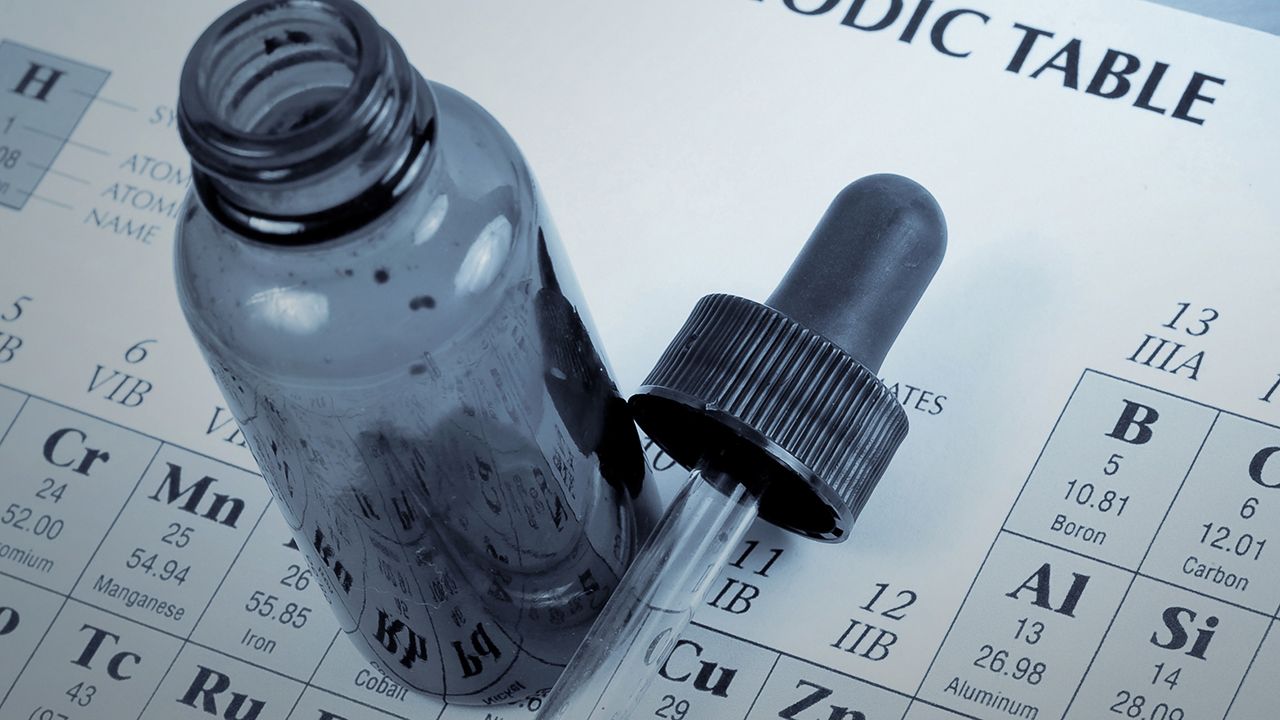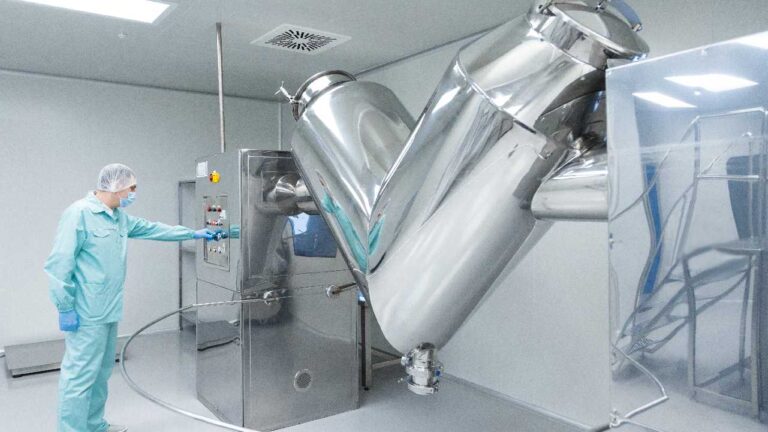
If scientific literature indicates that elements are not likely to be present in drug product components, and no additional elements are added in the drug substance or drug product manufacturing processes, is inclusion of elemental impurities risk assessment required for drug product annual reports or new drug product regulatory submissions?
Regulatory agencies such as the US Food and Drug Administration (FDA) require that drug manufacturers assess and control elemental impurities in drug products. The FDA’s Guidance for Industry on Elemental Impurities in Drug Products states that “all drug products are expected to be assessed for elemental impurities, regardless of whether the drug product is an innovator or generic drug” (FDA, 2018).
The FDA also requires that drug manufacturers conduct a risk assessment for elemental impurities to determine the likelihood of the presence of such impurities in the drug product and to identify appropriate controls to ensure that the levels of impurities are within acceptable limits. The risk assessment should take into consideration the source of the drug substance, the manufacturing process, and the packaging components.
In conclusion, drug manufacturers are required to assess and control elemental impurities in drug products, even if scientific literature indicates that such impurities are not likely to be present in the product components. A risk assessment for elemental impurities is necessary for drug product annual reports or new drug product regulatory submissions to ensure that the levels of impurities are within acceptable limits.
The ICH Q3D Guidance on Elemental Impurities provides a framework for controlling elemental impurities in drug products. The guidance recommends a risk-based approach to evaluating and controlling elemental impurities in drug products.
The level of control required depends on the potential risk of elemental impurities to patient safety. The guidance provides a list of elements of concern and their permitted daily exposure limits (PDEs) based on logical profiles.
To ensure the absence of elemental impurities in a finished drug product at levels exceeding the applicable PDEs, pharmaceutical manufacturers can implement a variety of measures, including:
1.Evaluation of raw materials: The manufacturer can evaluate the raw materials used in the drug product manufacturing process for the presence of elemental impurities. If any elemental impurities are identified, appropriate steps can be taken to remove or control them.
2.Control of manufacturing processes: The manufacturer can implement control measures during the drug product manufacturing process to prevent the introduction or generation of elemental This can include monitoring of process parameters and equipment, use of appropriate materials and cleaning procedures, and control of environmental factors such as air and water quality.
3.Testing of finished products: The manufacturer can test the finished drug product for the presence of elemental impurities using validated analytical methods. If any elemental impurities are identified, appropriate steps can be taken to remove or control them.
Overall, the manufacturer should have a comprehensive quality control system in place to ensure that elemental impurities are controlled at every stage of the drug product manufacturing process. The level of control and documentation required will depend on the specific requirements of the regulatory authority in the region where the drug product is being marketed.
Will manufacturers of container closure systems need to analyze their products to demonstrate they will not contribute levels of elemental impurities to drug products that would cause issues with compliance to the new regulations? Additionally, would testing of each lot of product be required and if so, what are the guidelines or suggestions for setting limits that would be useful for end consumers of such components?
Manufacturers should consider the potential for elemental impurities to leach into drug products from container closure systems. Manufacturers of container closure systems should perform a risk assessment to determine the potential for elemental impurities to leach into drug products and set appropriate limits.
Regarding the testing of each lot of product, the ICH Q3D guideline provides a risk-based approach to determine the need for lot testing of container closure systems for elemental impurities. The manufacturer should consider factors such as the complexity of the manufacturing process, the nature of the product, and the potential for variability in the elemental impurities.
As the development process progresses and more data is collected, we can identify critical quality attributes in the API that could impact the drug product. If important enough, then consider controlling the attribute and add to the API specification.
If a risk assessment (including finished product testing) concludes elemental impurities are below the control threshold, is periodic/ skip lot testing always required or is it feasible to only perform future testing if there are product/process/ formulation changes?
If the risk assessment does not provide sufficient data, additional testing via skip lot testing or other methods may be necessary to ensure compliance with regulatory requirements. However, if the risk assessment is thorough and addresses all potential risks, additional testing or data acquisition from suppliers may only be necessary when process changes occur. Changes to the manufacturing process can be documented and captured as part of the drug product change control procedure, and the risk assessment document can be updated for inspection purposes.
In summary, the need for lot testing of elemental impurities in container closure systems should be based on a thorough risk assessment that considers all potential risks associated with the manufacturing process and the primary container closure system. If the risk assessment provides sufficient data to support the conclusion that elemental impurities are below the control threshold, it may be feasible to not perform testing at the time of release, but additional testing may be necessary if the risk assessment is incomplete or if process changes occur.
If an applicant has data relating to ICH Q3D on finished drug products, should the applicant prepare the risk assessment summary to include the impact of the drug substance (API), excipients, packaging material, production processes, etc.? And, if the data obtained on the finished drug product was for one dosage strength, is additional testing on other dosage strengths of the same drug product required, or can the singular data set account for all dosage strength configurations?
According to the ICH Q3D guideline, if the applicant plans to include elemental impurities testing on the finished drug product specification, then a risk assessment report detailing all aspects of the fishbone diagram is not required. However, performing a thorough risk assessment on the drug product is preferred by most regulatory agencies and including such a document may help to ensure a timely approval of the regulatory filing. It is important to note that a risk assessment report with insufficient data on all aspects of the fishbone diagram may not be considered adequate by the reviewing agency and could result in a delay in approval.
Performing a thorough drug product risk assessment can help ensure that risks associated with batch failures are appropriately mitigated, reducing the potential for supply disruption and costly batch disposal. For multiple dosage strengths, it is necessary to assess if all strengths are dose proportionate. If this is the case and there are no differences in the manufacturing process, testing one dosage strength should suffice.
For solid oral dosage forms, it is important to consider coatings and capsules. While the formulation may be consistent, it is recommended to use the configuration with the largest capsule shell or highest amount of coating to ensure the most unfavorable outcome is utilized in the risk assessment document. Where ratios of components vary among different drug product dosage strengths, it is necessary to assess each strength individually to ensure compliance with regulatory requirements.
Is it necessary for the risk assessment to be fully GMP or is this only a requirement for release testing?
A scientifically sound and adequately documented risk assessment is crucial to support the quality of drug products. Although GMP guidelines do not require the risk assessment itself to be conducted to GMP standards, it is generally expected to be performed in accordance with cGMP and other applicable regulatory guidance. All testing and data utilized to support risk assessment reports should also be conducted according to cGMP guidelines.
To ensure suitability for the intended purpose, ICH Q3D and the European Directorate for the Quality of Medicines (EDQM) require suitable screening with limited validation for methods and techniques utilized to generate elemental impurity data in support of a risk assessment. In instances where elemental impurities are included in a finished drug product or drug product component specification, EDQM mandates that the analytical method utilized to obtain data should be fully validated in accordance with applicable regulatory guidelines such as ICH Q2(R)1 and USP <233>.
Overall, GMP requirements apply to all as pects of the manufacturing process, including quality control, quality assurance, and product development. By adhering to these guidelines, drug manufacturers can ensure that their risk assessments are of the highest quality and can be used to support timely regulatory approval.







